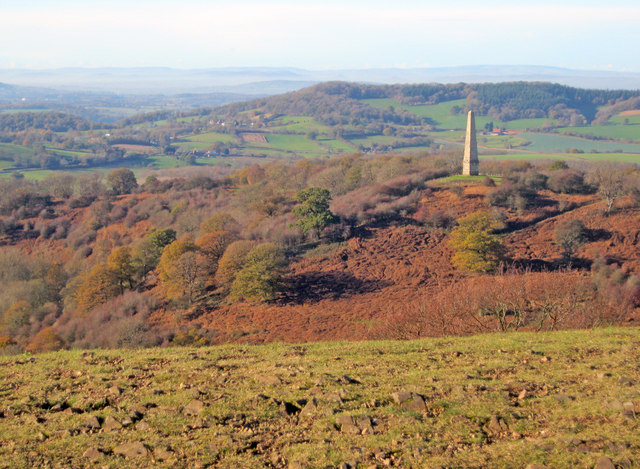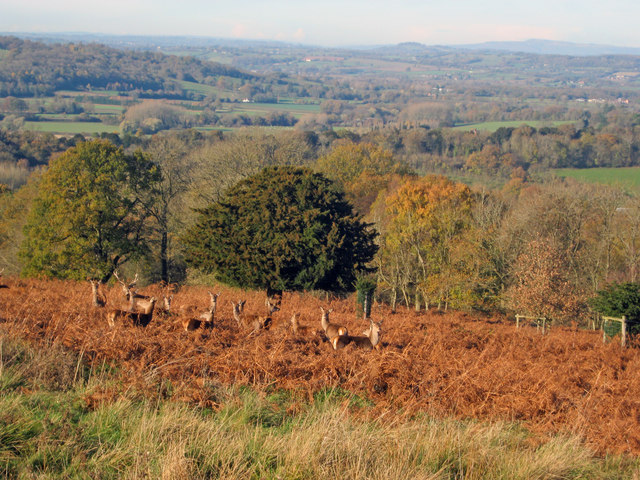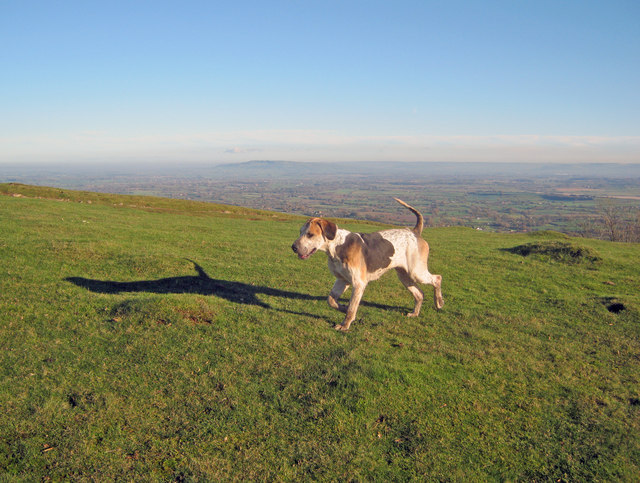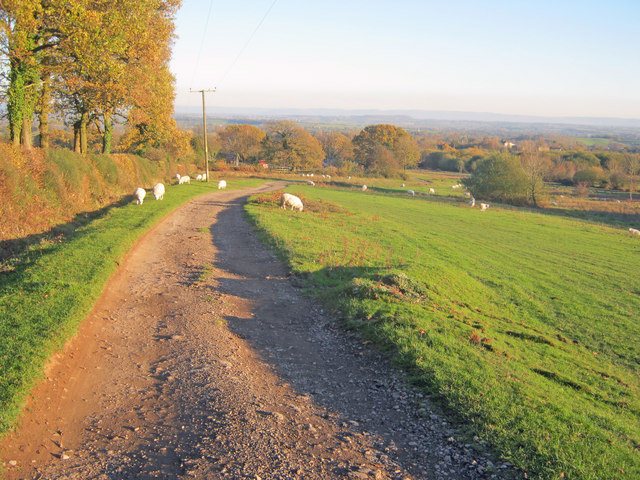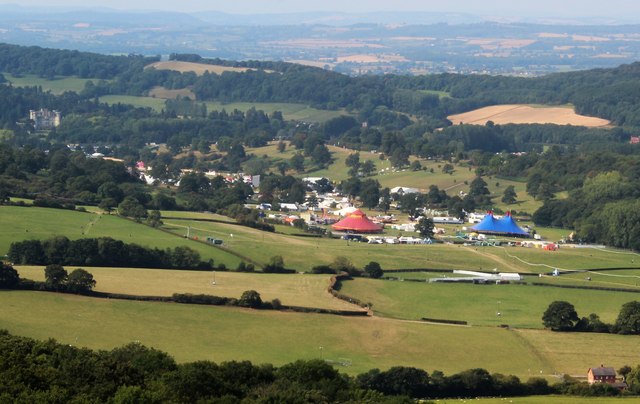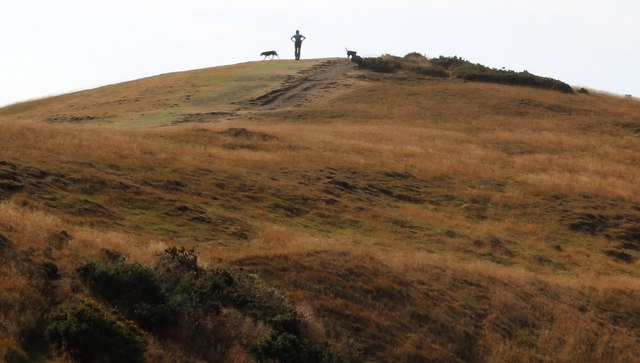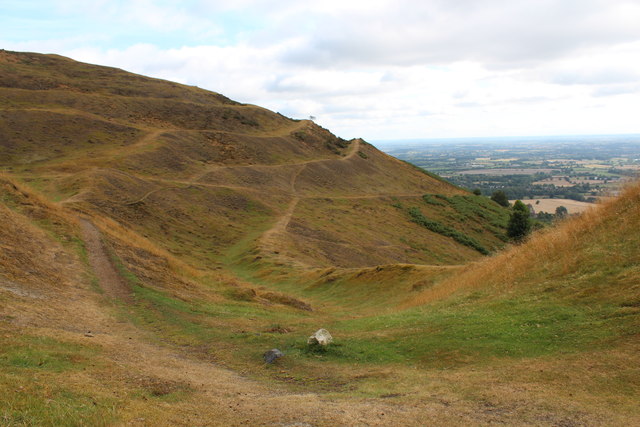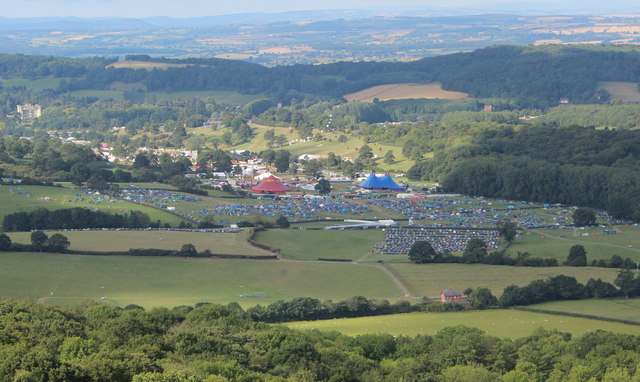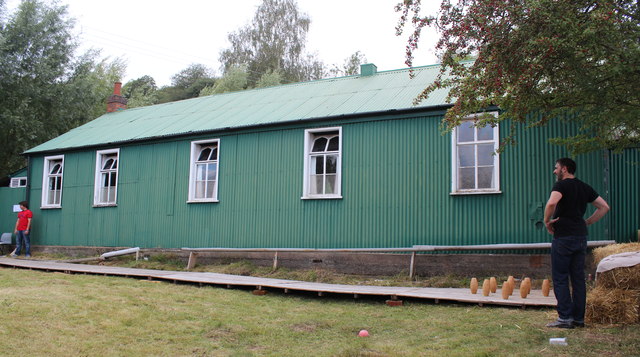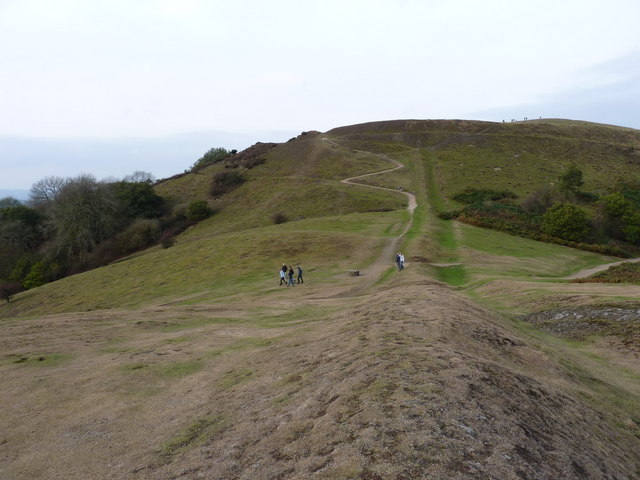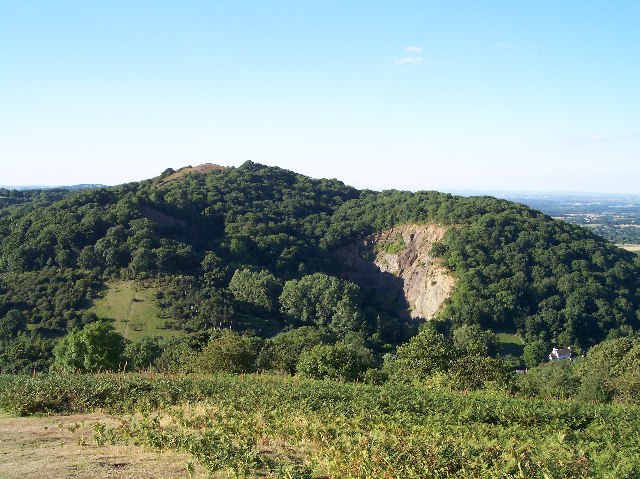Birchen Wood
Wood, Forest in Herefordshire
England
Birchen Wood
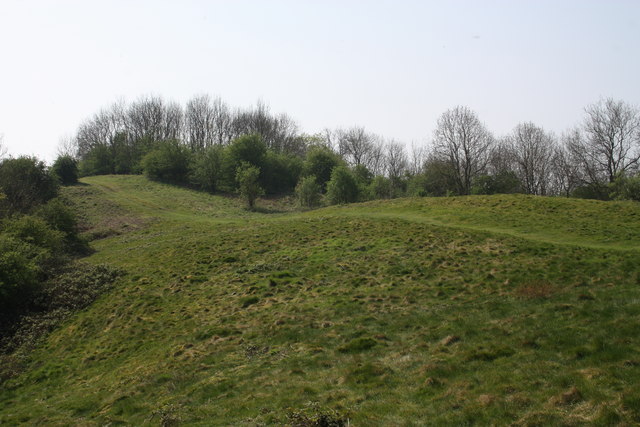
Birchen Wood is a picturesque woodland located in Herefordshire, England. Covering an area of approximately 150 hectares, it is a haven for nature enthusiasts and a popular destination for outdoor activities. The wood is primarily composed of birch trees, which give it its name, but it also features a diverse range of other tree species, including oak, ash, and beech.
This ancient woodland is known for its natural beauty and tranquil atmosphere. Visitors can explore the network of well-maintained trails that wind through the wood, offering stunning views of the surrounding countryside and providing a chance to observe the abundant wildlife. The wood is home to a variety of bird species, such as woodpeckers, owls, and warblers, making it a haven for birdwatchers.
Birchen Wood also boasts a rich history, with evidence of human activity dating back centuries. The remains of ancient earthworks and boundary banks can still be seen, offering a glimpse into the area's past. The wood has been managed sustainably for many years, ensuring its continued preservation and allowing visitors to enjoy its beauty for generations to come.
In addition to its natural and historical significance, Birchen Wood provides recreational opportunities for visitors. It is a popular spot for walking, jogging, and cycling, with designated paths catering to different levels of difficulty. The wood is also a great place for picnics and family outings, with ample space and facilities available.
Overall, Birchen Wood is a gem of Herefordshire, offering a peaceful retreat in the heart of nature, with its enchanting woodland, diverse wildlife, and recreational amenities making it a must-visit destination for all nature lovers.
If you have any feedback on the listing, please let us know in the comments section below.
Birchen Wood Images
Images are sourced within 2km of 52.04191/-2.3621294 or Grid Reference SO7538. Thanks to Geograph Open Source API. All images are credited.

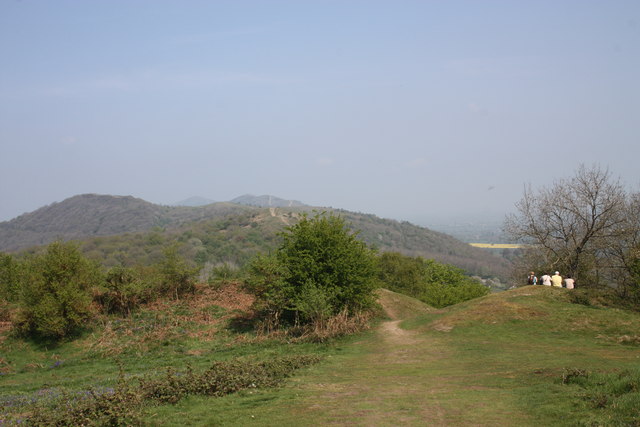
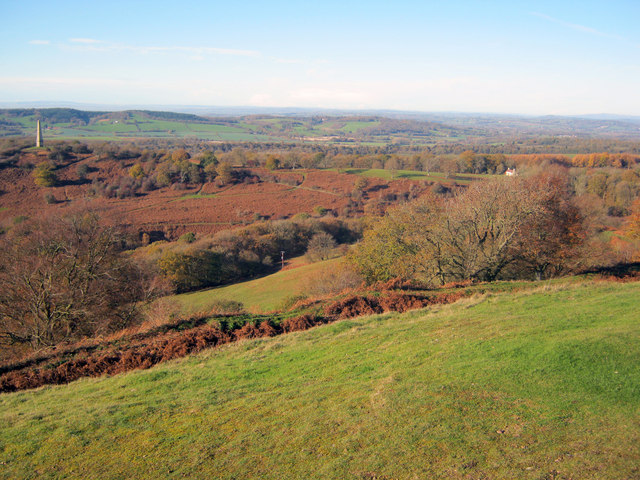
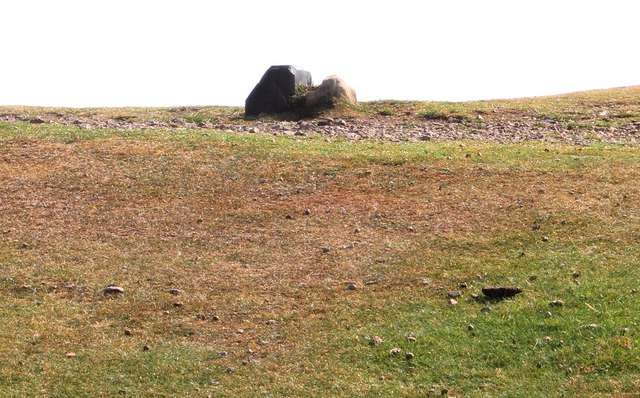
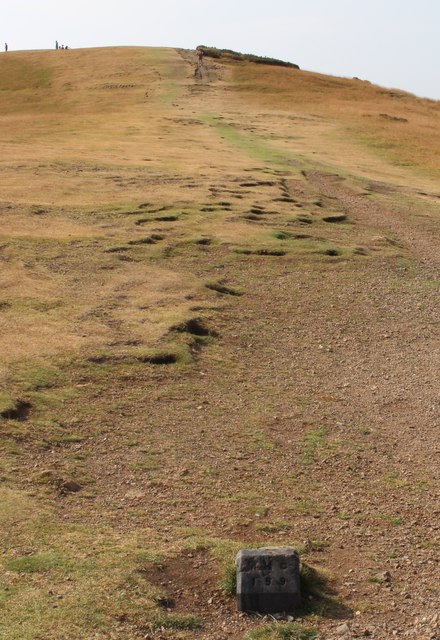
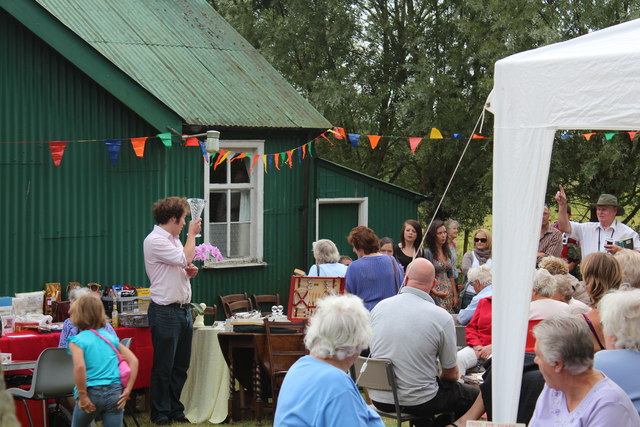
Birchen Wood is located at Grid Ref: SO7538 (Lat: 52.04191, Lng: -2.3621294)
Unitary Authority: County of Herefordshire
Police Authority: West Mercia
What 3 Words
///connector.apparatus.drainage. Near Ledbury, Herefordshire
Nearby Locations
Related Wikis
Electromagnetic Field (festival)
Electromagnetic Field (also known as EMF, or EMF Camp) is a camping festival in the UK, held every two years, for hackers, geeks, engineers and scientists...
Midsummer Hill
Midsummer Hill is situated in the range of Malvern Hills that runs approximately 13 kilometres (8 mi) north-south along the Herefordshire-Worcestershire...
Hollybush Hill
Hollybush Hill is situated in the range of Malvern Hills that runs approximately 13 kilometres (8 mi) north–south along the Herefordshire–Worcestershire...
Bronsil Castle
Bronsil Castle was a fortified manor house about 1 mile (1.6 km) to the east of Eastnor in Herefordshire, England near Ledbury). It is a Grade II* listed...
Nearby Amenities
Located within 500m of 52.04191,-2.3621294Have you been to Birchen Wood?
Leave your review of Birchen Wood below (or comments, questions and feedback).

